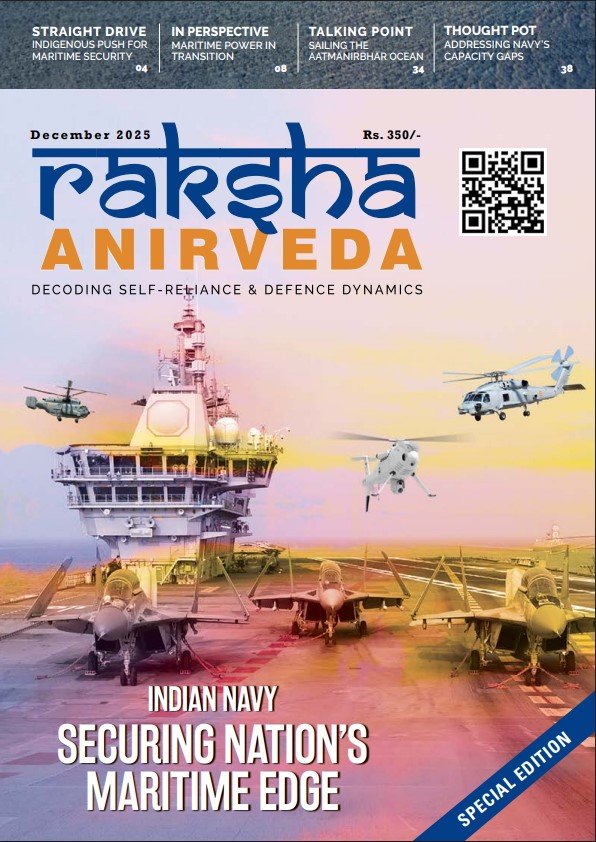New Delhi: The Directorate General of Civil Aviation (DGCA) is considering eliminating the requirement for physics and mathematics in Class 12 for Commercial Pilot License (CPL) training, potentially allowing arts and commerce students to pursue careers as commercial pilots.
This change aims to align India with global standards, where such academic prerequisites are not mandatory. The proposal awaits approval from the Union Ministry of Civil Aviation, after which medically fit students from any stream could enroll in CPL programs.
The current rule, in place since the mid-1990s, restricts CPL training to science students with physics and maths, unlike the earlier requirement of just a Class 10 pass. Flying school operators have been criticising the rule, pointing out that no such requirement exists for Private Pilot Licenses (PPL).
The DGCA is also developing a ranking system for flying schools based on safety and CPL completion times to help students choose quality programs. This reform could address India’s growing demand for pilots, with 1,622 CPLs issued in 2023, a 39% increase from 2022, including a 22.5% rise in women pilots.
A career as a commercial pilot offers dynamic opportunities in India’s booming aviation sector, projected to grow with 300 new aircraft orders by 2030. Pilots operate passenger and cargo flights, with starting salaries for first officers at ₹10-15 lakh annually, rising to ₹50 lakh or more for captains with experience.
Beyond flying, roles include flight instructors, aviation safety auditors, and airline operations managers. Training involves obtaining a CPL through DGCA-approved flying schools, costing ₹25-40 lakh, covering 200 flying hours and exams in navigation, meteorology, and air regulations. Key skills include quick decision-making, spatial awareness, and teamwork.
Aspiring pilots must secure a Class 1 Medical Certificate and pass rigorous DGCA exams, with arts and commerce students potentially needing to bridge physics and maths knowledge through open schooling if the rule persists. Challenges include high training costs and intense competition, but opportunities abound with airlines like IndiGo and Air India expanding.
Alternative paths include aerospace engineering (offered at IITs) or aviation management (at IIMs), with salaries ranging from ₹8-20 lakh. The proposed reform could democratise access, enabling diverse candidates to soar in this high-flying career.






